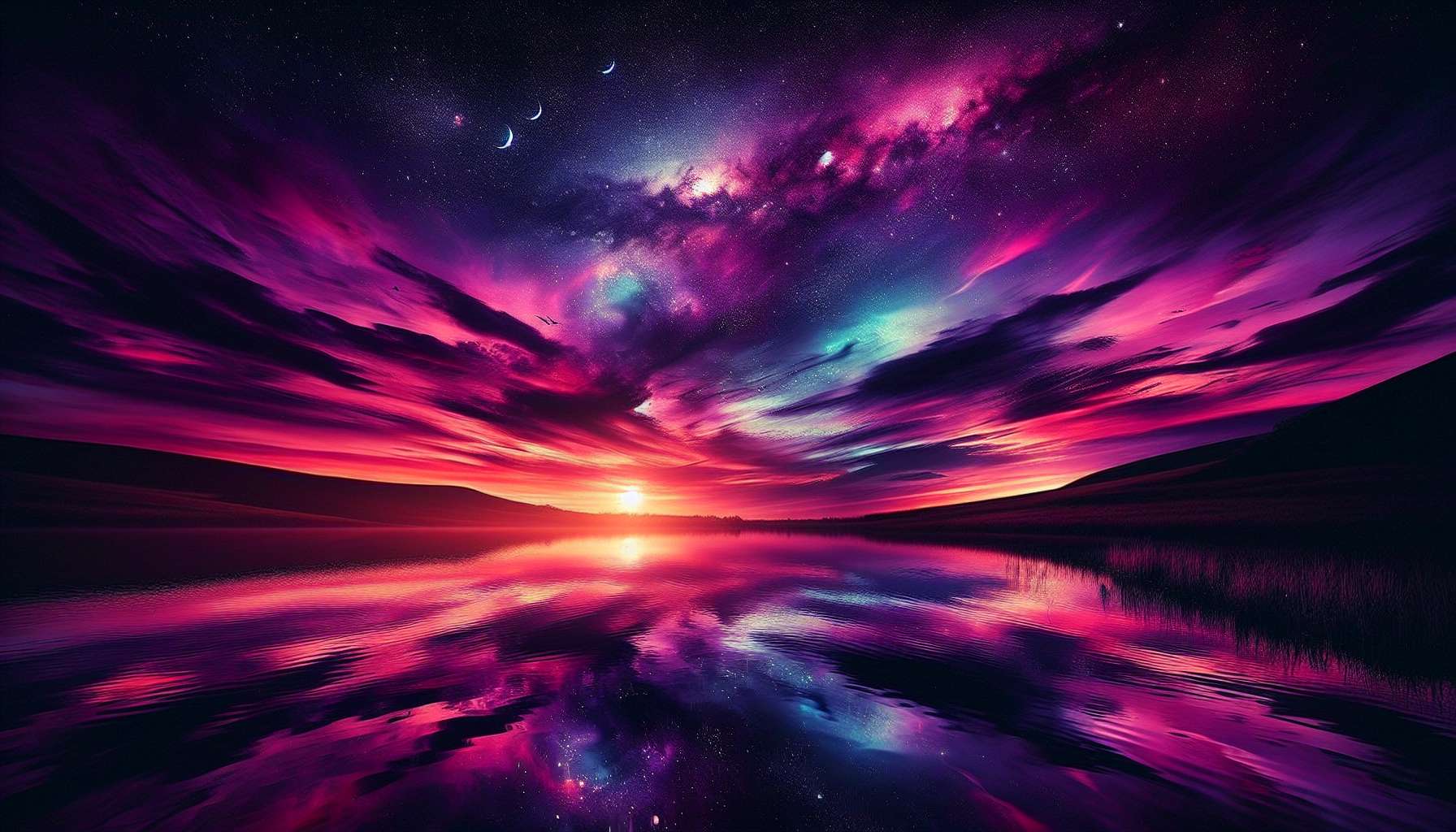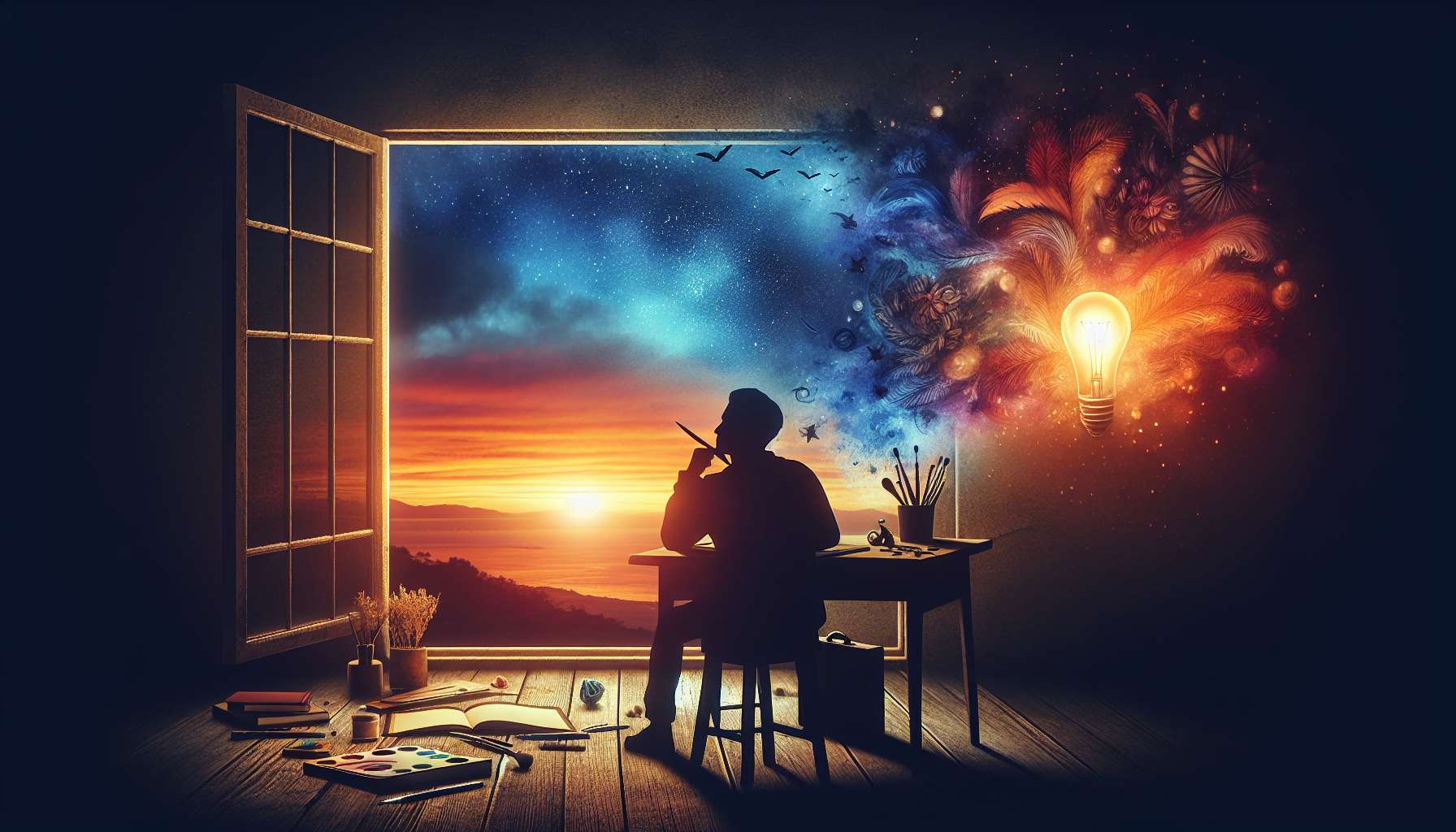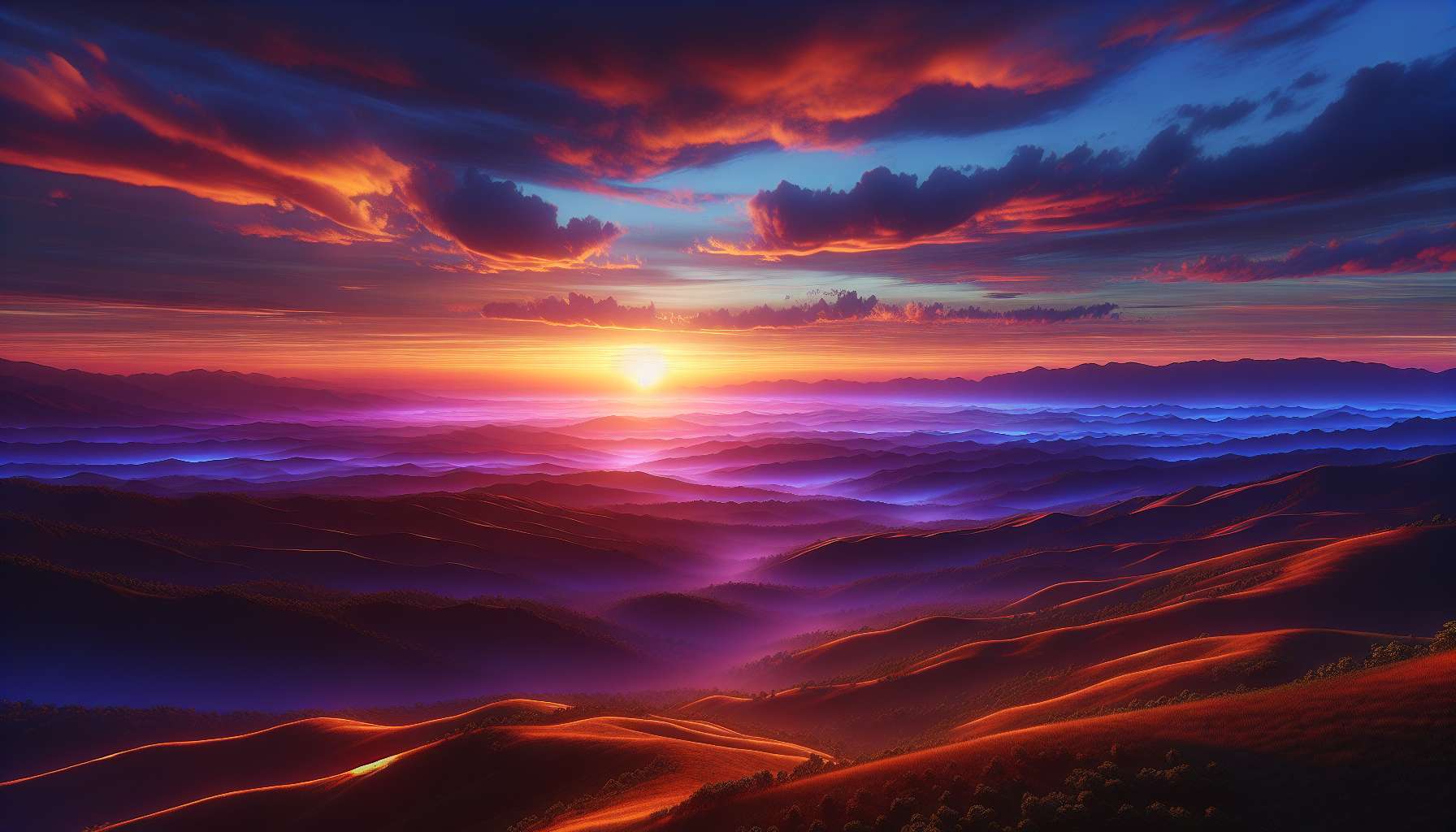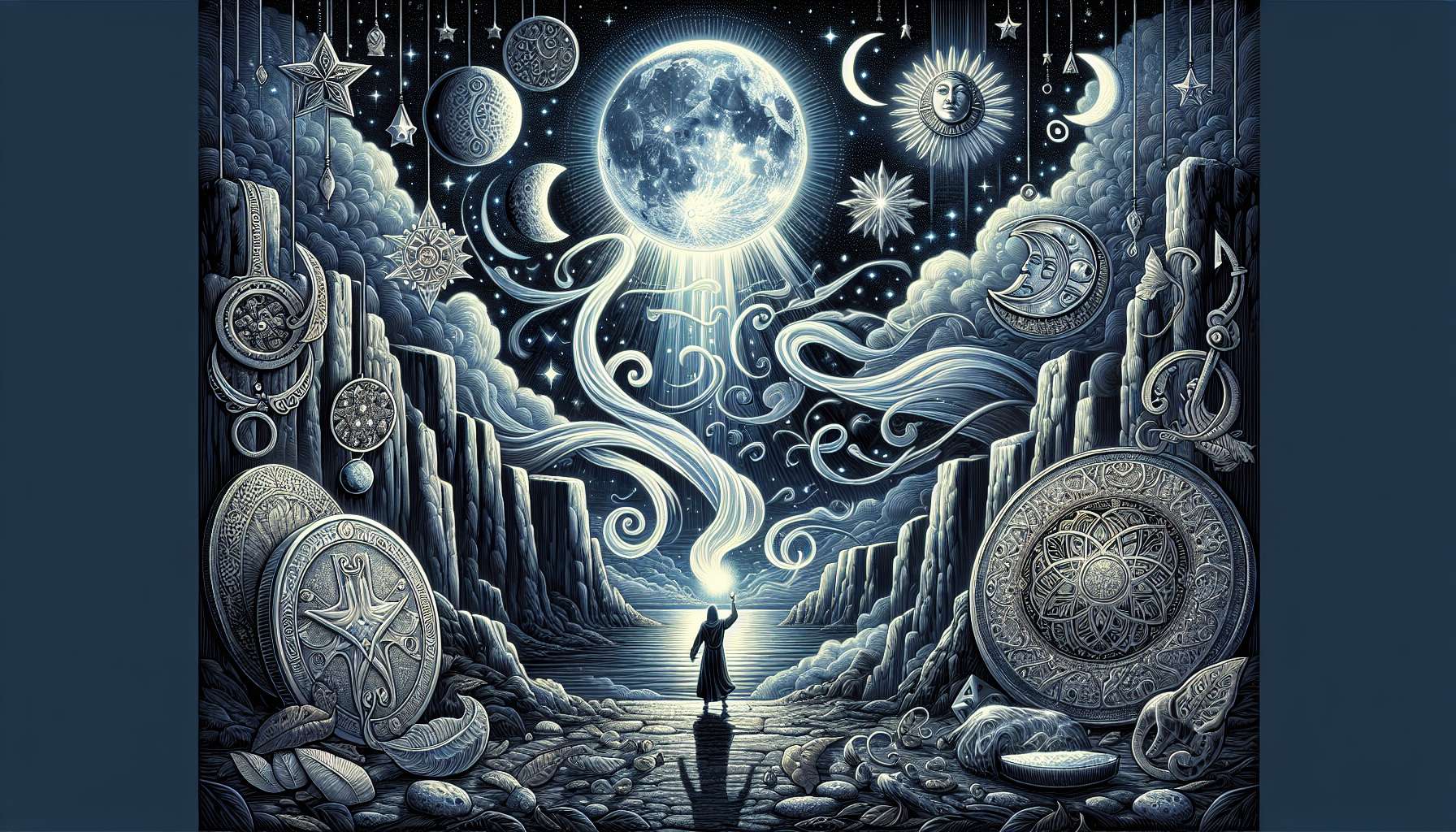Capturing Twilight Moments: A Comprehensive Guide
Twilight, the magical time between day and night, when the sky is painted in hues of pink, purple, and orange, has long captivated artists, poets, and photographers alike. The fleeting moments of twilight offer a unique blend of natural light that can create mesmerizing and ethereal scenes. In this blog article, we delve into the art and science of capturing twilight moments, exploring techniques, equipment, and creative approaches to immortalize this enchanting time of day.
The Beauty of Twilight
Twilight, often referred to as the “golden hour,” is a photographer’s dream. The soft, diffused light during this time creates a warm and romantic atmosphere, perfect for capturing stunning landscapes, cityscapes, and portraits. The changing colors of the sky, from vibrant oranges and pinks to deep blues and purples, add a dynamic and captivating element to photographs.
One of the most appealing aspects of twilight is the balance between light and dark. The fading natural light and the emerging artificial light sources, such as streetlights and buildings, create a harmonious interplay that adds depth and interest to photographs. Mastering the art of capturing twilight moments allows photographers to create truly breathtaking images that evoke emotion and tell a story.
The Magic of Blue Hour
Blue hour is the period of twilight when the sky takes on a deep blue hue, creating a serene and tranquil atmosphere. This brief window of time, which occurs after sunset or before sunrise, is highly coveted by photographers for its unique lighting conditions. Blue hour provides photographers with the opportunity to capture surreal and dreamy images that stand out from traditional daylight or nighttime shots.
During blue hour, the soft, even light allows for long exposures without harsh shadows, resulting in beautifully balanced and atmospheric photographs. The rich blue tones of the sky contrasted with the warm glow of artificial lights can create a magical and otherworldly effect in images. Understanding the nuances of blue hour and how to harness its potential can elevate the quality of your twilight photography.
Techniques for Capturing Twilight Moments
Successfully capturing twilight moments requires a combination of technical skill, creativity, and patience. Here are some key techniques to help you make the most of this magical time of day:
1. Use a Tripod
As light levels decrease during twilight, longer exposure times are often necessary to achieve properly exposed images. Using a sturdy tripod is essential to ensure sharp and blur-free photographs, especially when shooting at low shutter speeds. A tripod also allows for greater stability and precision when composing your shots, enabling you to capture intricate details and stunning landscapes with ease.
2. Adjust Your White Balance
White balance plays a crucial role in capturing the true colors of twilight. Experimenting with different white balance settings, such as “Daylight,” “Cloudy,” or “Shade,” can help you achieve the desired color temperature in your images. For warmer tones, consider using a “Cloudy” or “Shade” white balance setting, while cooler tones can be achieved with a “Daylight” setting. Fine-tuning your white balance settings can enhance the mood and ambiance of your twilight photographs.
3. Experiment with Long Exposures
Long exposures can create stunning effects during twilight, such as silky smooth water, streaking clouds, and dynamic light trails. By using a slow shutter speed and a small aperture, you can capture the movement and flow of light in a scene, adding a sense of motion and drama to your photographs. Experimenting with long exposures can yield unexpected and creative results, allowing you to push the boundaries of traditional photography.
4. Include Silhouettes and Shadows
Silhouettes and shadows are powerful compositional elements that can add depth and drama to your twilight photographs. Positioning subjects in front of a bright twilight sky can create striking silhouettes that contrast against the colorful backdrop. Alternatively, incorporating long shadows cast by objects or people can enhance the sense of scale and perspective in your images. Silhouettes and shadows can evoke a sense of mystery and intrigue, drawing viewers into the scene.
5. Embrace Reflections
Water bodies, such as lakes, rivers, and oceans, offer excellent opportunities for capturing reflections during twilight. The calm, glassy surfaces of water can mirror the vibrant colors of the sky, creating a stunning symmetrical effect in your photographs. Reflections add visual interest and depth to images, enhancing the overall composition and visual impact. Experimenting with reflections can lead to captivating and dynamic twilight photographs that mesmerize viewers.
6. Play with Composition and Framing
Composition is key to creating visually appealing and impactful twilight photographs. Experiment with different angles, perspectives, and framing techniques to find the most compelling composition for your images. Leading lines, symmetry, and the rule of thirds can help guide the viewer’s eye through the scene and create a sense of balance and harmony. Pay attention to the placement of key elements within the frame, such as the horizon, focal points, and negative space, to create a strong and engaging composition.
The Evolution of Twilight Photography
Over the years, advancements in technology have revolutionized the way photographers capture twilight moments. From the introduction of digital cameras and image editing software to the rise of social media and online platforms, photographers now have more tools and opportunities than ever to showcase their twilight photography skills.
With the advent of high-resolution cameras, photographers can capture incredible detail and clarity in their twilight images, allowing for larger prints and more immersive viewing experiences. Image editing software, such as Adobe Photoshop and Lightroom, provide photographers with the ability to enhance colors, adjust exposure, and fine-tune their images to perfection.
Social media platforms like Instagram, Flickr, and 500px have become popular channels for photographers to share their twilight photographs with a wider audience. The visual nature of these platforms allows photographers to connect with fellow enthusiasts, gain inspiration, and receive feedback on their work. The democratization of photography through social media has opened up new avenues for photographers to showcase their creativity and reach a global audience.
Expert Opinions
We reached out to renowned photographer and twilight enthusiast, Emily Thompson, for her insights on capturing twilight moments. According to Emily, “Twilight is a magical time of day that offers endless possibilities for creative photography. The interplay of light and shadow during twilight creates a dynamic and ever-changing canvas for photographers to explore. By experimenting with different techniques and settings, photographers can unlock the full potential of twilight photography and create truly memorable images.”
Emily recommends photographers to embrace experimentation and push the boundaries of traditional photography during twilight. She advises, “Don’t be afraid to try new things, whether it’s using long exposures, incorporating reflections, or playing with composition. Twilight is a time for creative expression and artistic exploration, so let your imagination run wild and see where it takes you.”
Common Misconceptions
One common misconception about twilight photography is that expensive equipment is necessary to capture stunning images. While high-quality cameras and lenses can certainly enhance the technical aspects of your photographs, creativity and skill play a much larger role in creating compelling twilight images. With the right techniques and a keen eye for composition, photographers can achieve impressive results using even basic equipment.
Another misconception is that twilight photography is limited to landscapes or cityscapes. While these subjects are popular choices for twilight photography, the possibilities are truly endless. From portraits and still life to abstract and experimental photography, twilight offers a wealth of opportunities for photographers to explore different genres and styles. By thinking outside the box and challenging conventional norms, photographers can push the boundaries of twilight photography and create truly unique and innovative images.
Comparative Analysis
When comparing twilight photography to other genres, such as daytime or nighttime photography, several key differences emerge. Twilight photography offers a unique blend of natural and artificial light that can create a magical and ethereal atmosphere in images. The soft, diffused light of twilight provides a gentle and flattering quality to subjects, making it ideal for portraits and landscapes.
In contrast, daytime photography is characterized by harsh, direct sunlight that can create deep shadows and blown-out highlights. While daytime photography offers vibrant colors and clarity, it can be challenging to achieve balanced exposures and pleasing compositions. Nighttime photography, on the other hand, relies on artificial light sources, such as streetlights and flashlights, to illuminate subjects in the dark. Nighttime photography often requires long exposures and creative lighting techniques to capture compelling images.
FAQs
1. When is the best time to capture twilight moments?
The best time to capture twilight moments is during the golden hour, which occurs shortly after sunrise or before sunset. This period offers soft, warm light that is ideal for creating stunning photographs with rich colors and textures.
2. What equipment is essential for twilight photography?
Essential equipment for twilight photography includes a sturdy tripod, a camera with manual exposure controls, and a variety of lenses to capture different perspectives. A remote shutter release and a flashlight can also be handy tools for long exposures and light painting techniques.
3. How can I improve my composition in twilight photography?
To improve your composition in twilight photography, experiment with different angles, perspectives, and framing techniques. Use leading lines, symmetry, and the rule of thirds to create visually appealing and balanced compositions. Pay attention to the placement of key elements within the frame to guide the viewer’s eye through the scene.
Conclusion
To wrap things up, capturing twilight moments is a rewarding and captivating endeavor that offers endless opportunities for creative expression and artistic exploration. By mastering the techniques and principles of twilight photography, photographers can create stunning images that evoke emotion, tell stories, and inspire viewers. The magic of twilight, with its ever-changing colors and light, provides a dynamic and enchanting canvas for photographers to explore and push the boundaries of their creativity.
Whether you’re a seasoned professional or an amateur enthusiast, embracing the beauty and mystery of twilight can open up a world of possibilities for your photography. So grab your camera, venture out into the twilight hour, and let your imagination soar as you capture the mesmerizing moments that unfold before you.




